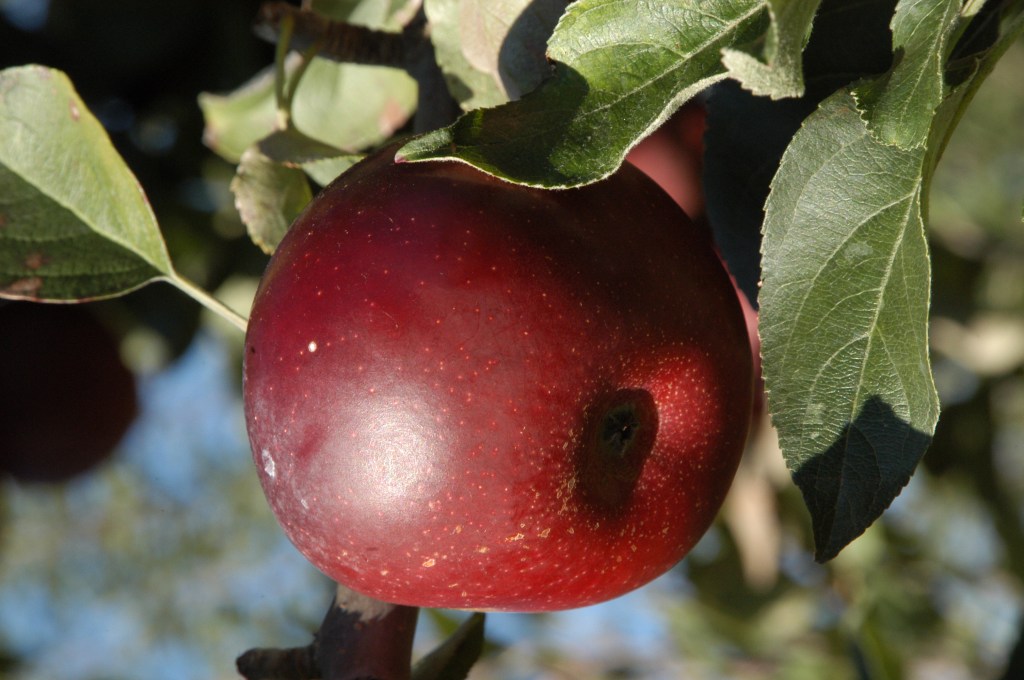ONE GARDENER TO ANOTHER: January is the time to plant fruit-bearing trees
Published 6:45 am Monday, January 1, 2018

- In northern Alabama, the apple varieties that work best for the area are Red Delicious, Golden Delicious, Granny Smith and Law Rome. Apple trees require another tree for cross-pollination.
January, for the avid gardener, can be a little frustrating. There is always maintenance to do around the yard, but you don’t get that immediate satisfaction from the fruits of your labor.
There is something very rewarding about putting a vegetable or flowering plant in the garden and watching it grow and produce.
Trending
Speaking of fruits in the garden, January is the time to plant apples, peaches and pear trees, as well as grape vines.
Apple trees
Apple trees produce fruit in one of two ways. They are either tip-bearers or spur-bearers. Spur-bearers produce fruit on the small, thorn-shaped branches that extend off the main tree branch. Apple trees that are tip-bearers produce fruit on the tips of the branches from the previous year.
Spur-bearing trees reach a height of 15 to 20 feet, making them ideal for home growers. They should be planted where they will receive 10–12 hours of summer sunlight in a well-drained area. As with most trees, make sure to consider the mature size of the tree and plant far enough away from structures.
In northern Alabama, the apple varieties that work best for the area are Red Delicious, Golden Delicious, Granny Smith and Law Rome. Apple trees require another tree for cross-pollination.
Peach trees
Trending
Approximately 25 varieties of peaches grow successfully in Alabama, with Limestone County being a major producer in the northern part of the state. Peach trees also do best in a sunny location with well-drained soil. Unlike apple trees, they are self-pollinators, so only one tree is required in order for it to bear fruit.
Peach trees require a certain amount of cold weather, called “chilling hours,” to ensure flower production. In northern Alabama, varieties that require at least 850 chilling hours grow best in our climate. Varieties that grow well in our area include Biscoe, Red Globe, Belle of Georgia, Springold and Sentinel.
Pear trees
European pears, also called dessert pears, require winter cold and are best grown in only the northern counties. Asian pears and hard pears, which are a cross between European and Asian pears, also grow well in northern Alabama, with Asian pears being the most common grown variety.
Asian pear varieties include Early Asian, Doitsu, Chorjuro, Megeitsu, Kikusui and Korean Giant. Although pears are self-pollinating, the Alabama Cooperative Extension Service recommends planting at least two varieties of trees for optimum crop yield.
Muscadine grape vines
Muscadines, are native to the Southeast and can be grown throughout Alabama. The first cultivar, a bronze selection, found in the mid-1700s was named the big white grape and later scuppernong, for its native wild area, the Scuppernong River area of North Carolina.
The name scuppernong is now generic for all bronze cultivars of muscadines. All cultivars, regardless of berry color (bronze, black, red, etc.), are correctly called muscadines.
Muscadines should be planted, like most fruit crops, in full sun. Plant where soil has good drainage and allows complete surface drainage. Because they are a vining crop, they require some type of trellis to grow along.
When choosing a cultivar selection, consider whether the plant has self-fertile flowers, which do not require pollinators, or self-sterile flowers, which have only female flower parts and must be planted along with self-fertile cultivars.
Self-fertile varieties include Carlos, Nesbitt, Noble and Triumph. Recommended self-sterile varieties are Fry, Loomis, Scuppernong and Summit.
Fruit trees not only produce mouth-watering fruit but bring interest to the garden with colorful bloom and seasonal, changing foliage. Until next week, happy gardening.
— Irland, a member of the Limestone County Master Gardeners, can be reached at kippirland@hotmail.com. For more information on the Limestone County Master Gardeners, visit http://mg.aces.edu/limestone.





